Branding and Reputation Management: Airports, once perceived merely as gateways for transportation, have evolved into multi-dimensional entities in their own right, resembling a blend of retail centers, entertainment hubs, and business venues. The increasing complexity and competitiveness in the aviation industry necessitate airports to invest in robust branding and reputation management strategies. In this article, we’ll explore how airports can elevate their image, captivate their audience, and position themselves as leaders in a global market.
Branding and Reputation Management: Marketing and Branding Strategies for Airports
1. Understanding the Need for Airport Branding
In an era of discerning travelers, airports are not merely judged by their efficiency or infrastructure. Instead, they’re evaluated based on the holistic experience they offer. As airports worldwide aim for higher revenues from non-aviation sources such as retail, dining, and advertising, a strong brand image becomes crucial. A potent brand can:
- Attract more airlines and passengers
- Increase non-aero revenue streams
- Foster loyalty among travelers
- Differentiate the airport in a saturated market

2. Crafting the Airport Brand
A. Vision and Mission
Every robust brand rests on a clear vision and mission. Airports need to introspect: What are they offering that others aren’t? What is their ultimate objective? Whether it’s to be the most efficient transit hub in the region or to offer unmatched luxury experiences, this vision should be clear.
B. Core Values
These are the guiding principles that dictate behavior and action. For airports, this might include values like safety, innovation, customer-centricity, or sustainability.
C. Visual Identity
This includes the logo, color schemes, typography, and other visual elements that make the brand recognizable. A unique and appealing visual identity helps create a lasting impression on travelers and stakeholders.
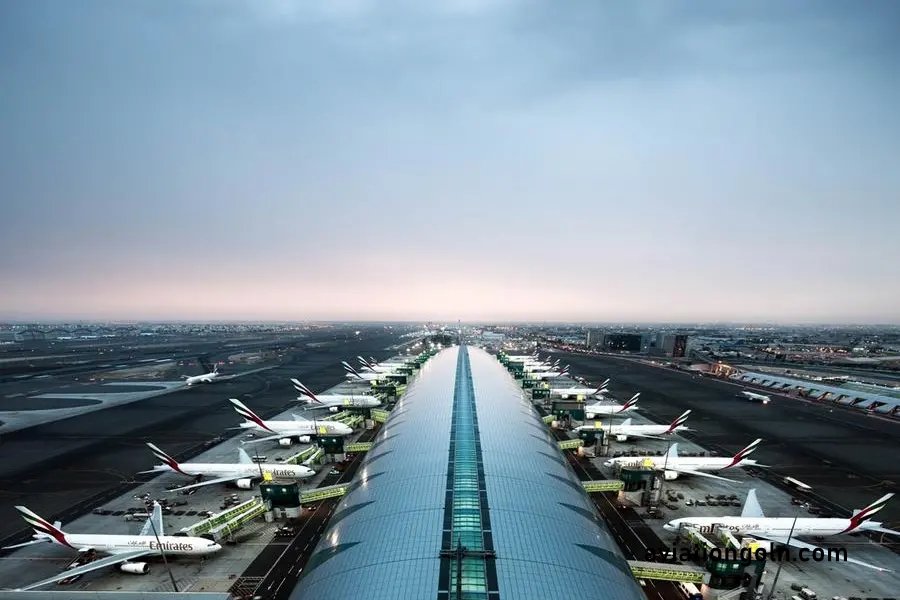
3. Integrated Marketing Communication (IMC)
An IMC approach ensures that all forms of communication and messages are carefully linked together. For airports:
- Advertising: Using billboards, digital screens, or even in-flight magazines, airports can promote their features or upcoming developments.
- Public Relations: Hosting events, liaising with media, and ensuring positive coverage helps shape the airport’s image.
- Digital Presence: With the surge in digital consumption, airports must maintain active social media profiles, a user-friendly website, and possibly a mobile application.
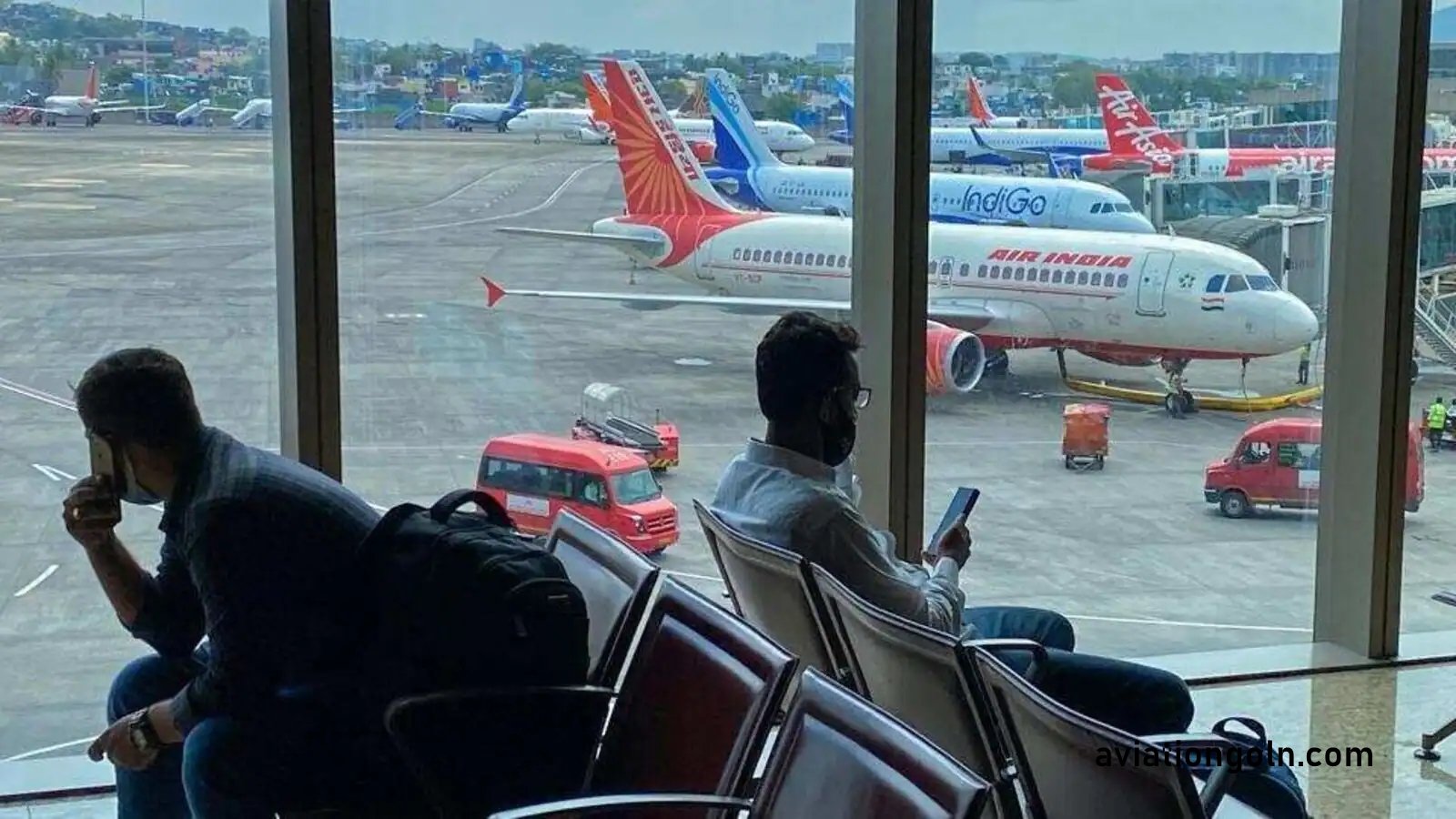
4. Reputation Management
An airport’s reputation is delicate and can be affected by a range of factors, from flight delays and baggage mishandling to security concerns. Essential strategies include:

- Proactive Communication: In the face of disruptions, proactive and transparent communication is vital. This could be in the form of regular announcements, social media updates, or even direct messages to affected parties.
- Training and Development: Staff should be trained to handle crises, manage PR, and ensure customer satisfaction at all touchpoints.
- Feedback and Redressal: Implementing a system where passengers can easily provide feedback and receive prompt redressal can mitigate negative sentiment.

5. Experience Enhancement
The brand image isn’t just about visuals or communications; it’s about the actual experience. Airports can:
- Improve Signage: Clear, multilingual, and strategically placed signage can significantly enhance passenger experience.
- Upgrade Amenities: Features like high-speed Wi-Fi, comfortable lounges, play areas for children, or even art installations can differentiate an airport.
- Facilitate Seamless Processes: Investing in technology for quicker check-ins, efficient security checks, and baggage claims can bolster the airport’s reputation.
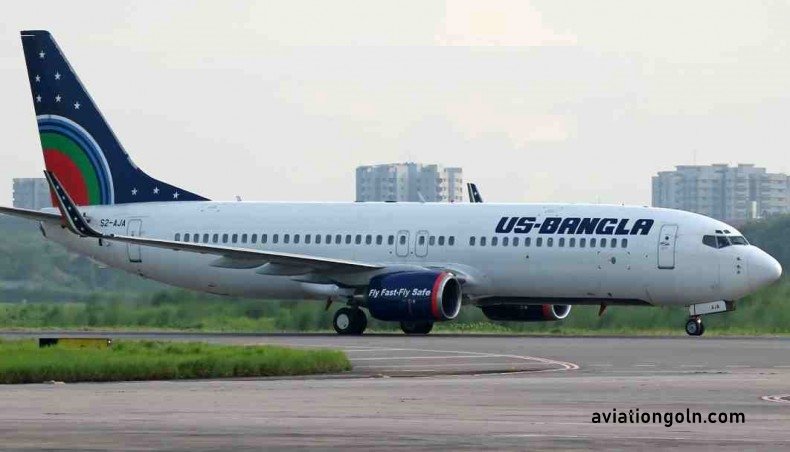
6. Collaborative Branding
Joining hands with airlines, local businesses, or tourism boards can provide a win-win scenario. Such collaborations can lead to:
- Joint Promotions: Special discounts or offers for passengers traveling via the airport or promotional fares for certain destinations.
- Enhanced Visibility: An airline might promote the airport in its in-flight content, or a local business might offer exclusive deals for passengers.
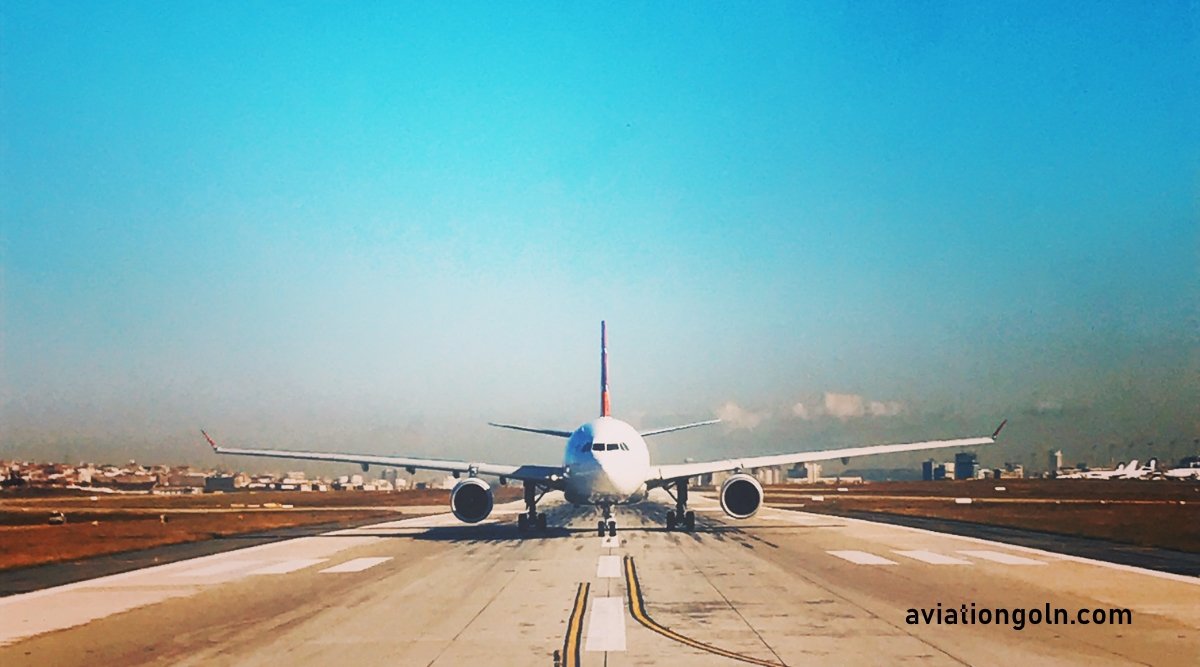
7. Environmental and Social Responsibility
Today’s travelers are environmentally conscious. An airport that is committed to sustainability and gives back to the community can significantly boost its brand image. Efforts can include:
- Sustainable Infrastructure: Using renewable energy, reducing waste, or efficient water management.
- Community Engagement: Hosting community events, supporting local causes, or creating employment opportunities.
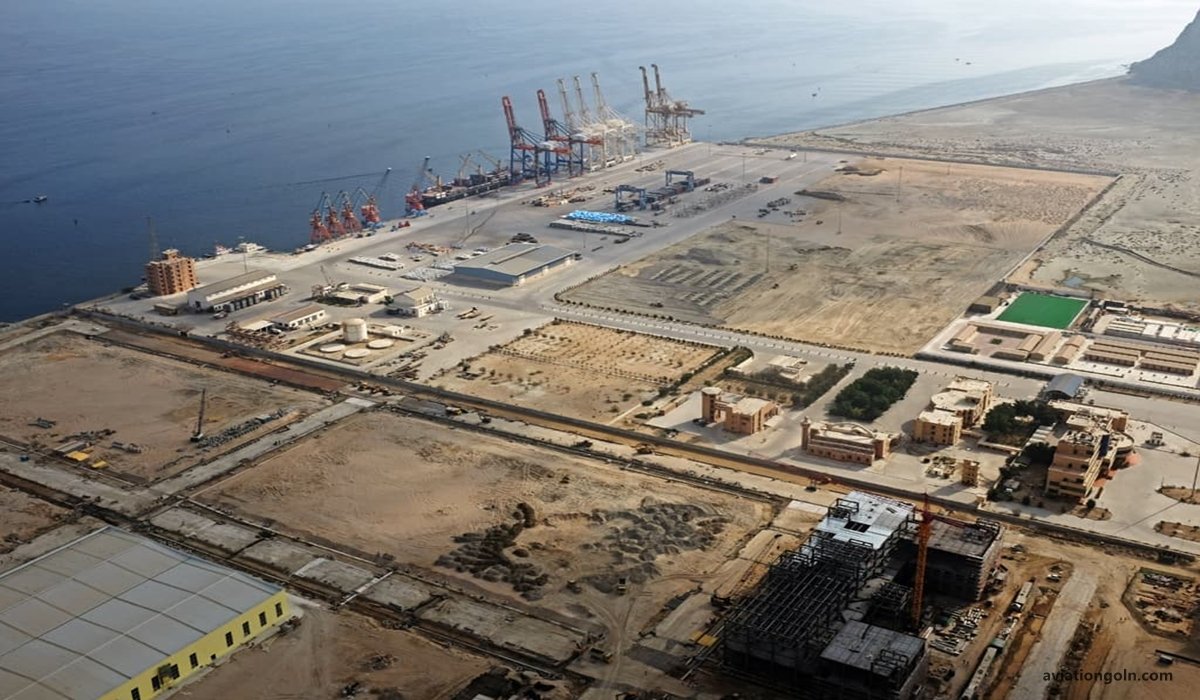
8. Metrics and Feedback Loop
To ascertain if branding and marketing efforts are bearing fruit, airports must:
- Track Key Performance Indicators (KPIs): This could be in terms of passenger growth, revenue increase, or digital engagement metrics.
- Feedback Mechanisms: Regular surveys, feedback kiosks, or digital channels can provide insights into areas of improvement.
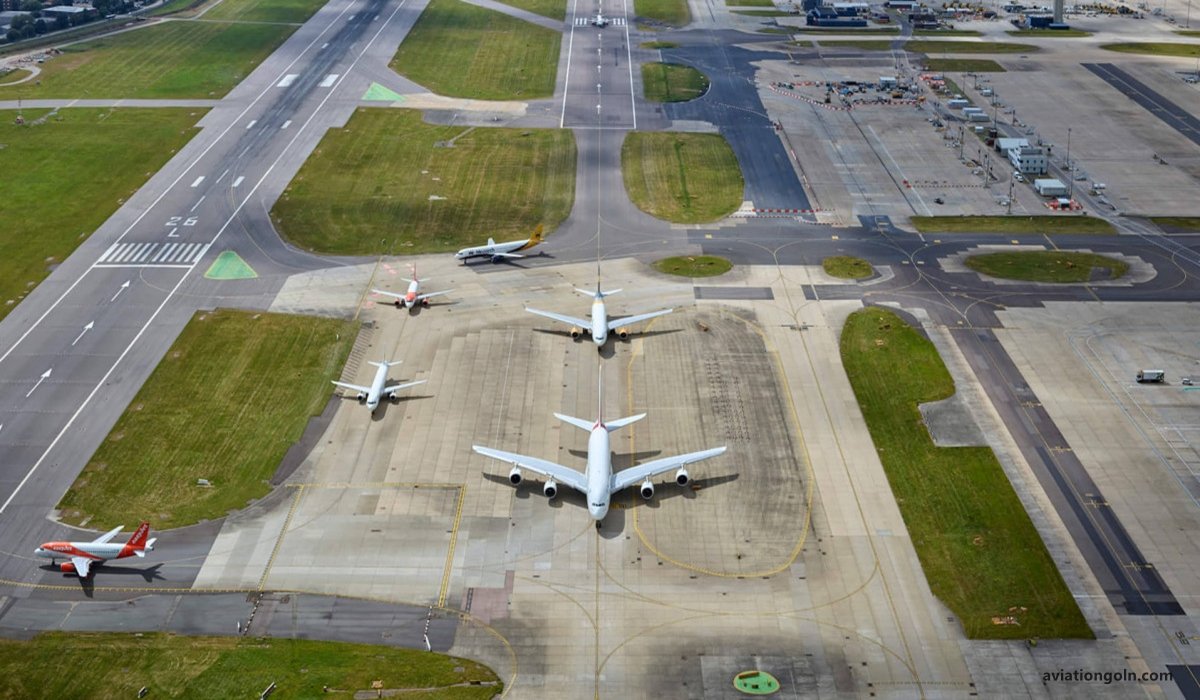
Airports, in today’s globalized world, are more than just transit points. They’re reflections of a region’s culture, capabilities, and aspirations. Through strategic branding and reputation management, airports can elevate their stature, attract more travelers, and indeed become iconic symbols of their regions. In a world where choices abound, and experiences dictate preferences, a robust brand image can be the differentiating factor that places one airport above the rest.
Read more:
